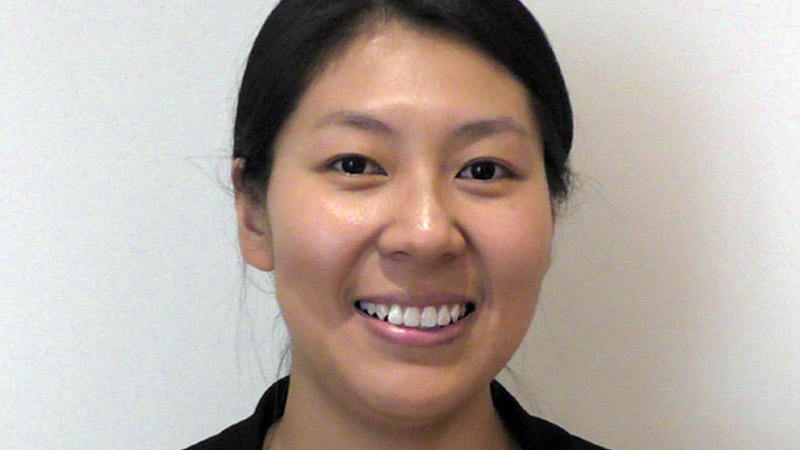Navigating an SMSF when a member develops dementia
There are a number of factors to consider in the event of managing an SMSF where a member has become affected by dementia, according to a solicitor.
Elizabeth Wang, solicitor at Townsends Business & Corporate Lawyers, said when a member develops dementia, it can lead to some confusion with respect to an SMSF; however, there are a number of solutions to look to.
In the case of Mary and John, John and Mary have an SMSF with a corporate trustee and are the current members of their SMSF. Mary is experiencing the early onset symptoms of dementia and has an enduring power of attorney where she has appointed the NSW Trustee and Guardian to act as her attorney.
Mary has an SMSF with a corporate trustee and wants to know whether the NSW Trustee and Guardian can be appointed as a director of the corporate trustee of her SMSF when she no longer has mental capacity.
“The definition of a self-managed superannuation fund contained in s17A(1) of the Superannuation Industry (Supervision) Act 1993 (Cth) (‘the SIS Act’) applies to funds with more than one member. It states among other things that if the trustees of the fund are individuals that each individual trustee of the fund must be a member of the fund and each member of the fund must be an individual trustee,” Ms Wang said.
“On the other hand, if the trustee of the fund is a corporate trustee, then each director of the corporate trustee of the fund must be a member of the fund and each member of the fund must be a director of the corporate trustee of the fund.”
Section 17A(3) of the SIS Act provides some exceptions to the requirements in s17A(1) of the SIS Act, Ms Wang noted, adding that it provides that an SMSF “will continue to qualify as a self-managed fund if the ‘legal personal representative’ is a trustee of the fund or a director of the corporate trustee of the fund during any period when the member is under a legal disability”.
The term “legal personal representative” is defined in the SIS Act to include “the executor of the will or administrator of the estate of a deceased person, the trustee of the estate of a person under a legal disability or a person who holds an enduring power of attorney granted by a person”.
Ms Wang said in the event that Mary no longer has mental capacity, a legal personal representative must be appointed as a director of the corporate trustee of the fund so that the fund continues to satisfy the definition of a self-managed superannuation fund under s17A of the SIS Act.
“The question is whether the NSW Trustee and Guardian can be appointed as a director of the corporate trustee of the SMSF when Mary no longer has mental capacity,” she said.
“The SIS Act defines an ‘individual trustee’ to mean ‘an individual who is a trustee of the fund’. Section 201B(1) of the Corporations Act 2001 (Cth) (‘the Corporations Act’) states that only an individual who is at least 18 may be appointed as a director of a company.
“The NSW Trustee and Guardian does not meet the definition of an ‘individual trustee’ as defined in the SIS Act and cannot be considered an ‘individual’ for the purpose of s201B(1) of the Corporations Act. Instead it is a statutory corporation and its status is that of a NSW government agency.
“Therefore, the NSW Trustee and Guardian cannot be appointed as a co-trustee of an individual trustee fund or as a director of a company. Where the trustees of the fund are individuals, the NSW Trustee and Guardian may formally appoint either a delegate or its delegate may sub-delegate an individual as a co-trustee of an individual trustee fund.”
There are two solutions that could be explored in this particular case, according to Ms Wang.
The first could see John and Mary formally appoint a delegate to act as a director who is authorised to exercise in part the powers and functions conferred on the NSW Trustee and Guardian.
“It is important to note that s11(1) of the Trustee and Guardian Act 2009 (NSW) (‘the Trustee and Guardian Act’) empowers the NSW Trustee and Guardian to act in its capacity as a trustee, agent or attorney. Section 11(3B) of the Trustee and Guardian Act also permits the NSW Trustee and Guardian to ‘prepare instruments that create powers of attorney and carry out professional services in connection with powers of attorney’,” Ms Wang flagged.
“Section 57(1) of the Trustee and Guardian Act reinforces that the NSW Trustee and Guardian ‘has, and may exercise, all the functions the person or patient has and can exercise or would have and could exercise if under no incapacity’.
“The NSW Trustee and Guardian may rely on sections 11(3B) and 57(1) of the Trustee and Guardian Act in order to create an enduring power of attorney (as required under s17A(3)(b)(ii) of the SIS Act) on behalf of Mary to appoint an individual to act as Mary’s enduring attorney so that the appointment satisfies the definition of a legal personal representative under the SIS Act.”
The alternate solution, according to Ms Wang, is to have the NSW Trustee and Guardian delegate an individual to take up the role as director of the corporate trustee of the fund.
“The appointment of the individual as a director of the corporate trustee would also need to satisfy the definition of a legal personal representative under the SIS Act for the fund to continue to satisfy the definition of a self-managed superannuation fund,” she said.








